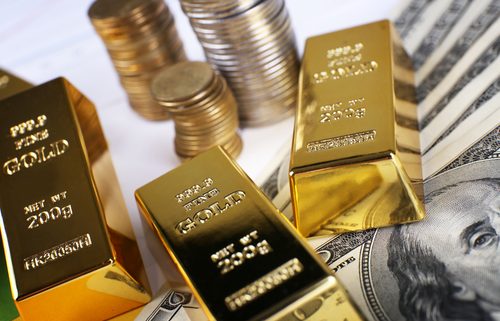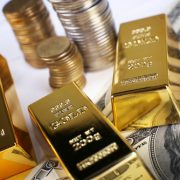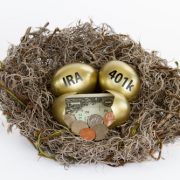Understanding the History of Precious Metals in a Self-Directed IRA
When some people hear about gold and silver and other Precious Metals as a retirement investment, there is sometimes a tendency to hesitate. Aren’t gold and silver old-style investments, more appropriate for the Middle Ages than modern times? You would be surprised. Many people choose Self-Directed IRAs for the express purpose of investing in gold and silver, and they do so consciously.
Taking one look at the gold price over the past several years, it’s clear that some investors have done spectacularly well with their investment. This year, gold hit new highs. Silver has also seen a strong move. But that does not mean an investor should simply assume that the metals are going to continue going up in perpetuity. It takes a more in-depth understanding of these metals—and their role in a potential retirement portfolio—to provide the proper context.
The History of Precious Metals
What is a precious metal? They are generally rare metals comprised of chemical elements. Gold, for example, can be found on the Periodic table under Au. Silver, under Ag.
Throughout history, Precious Metals (most notably gold and silver) were treated as stores of value. This was not only because it was possible to make jewelry out of them—gold, for example, is highly malleable and that makes it easy to shape—but because of their inherent properties. Gold’s malleability means it is also divisible, and easy to coin. It preserves without rusting. Someone who wanted to store something of value could trade something in exchange for gold, keep the gold as long as they liked, and trade it for something else.
Many modern-day investors point to this history as a reason to consider gold and silver and other Precious Metals as contemporary stores of value. After all, physical gold is not a digital currency; it is something that can be felt and seen. For many people, this provides a hedge against inflation. It means that there is a store of wealth they possess that cannot be wiped away by a down day in the stock market.
Gold and silver have also had the responsibility, at various points, of backing mainstream currencies. It was only in the 20th century that the United States removed the convertibility of dollars into gold. Over the years, gold’s price has accelerated to the point where it is, as of this writing, nearly $2,000 per ounce.
Precious Metals in a Self-Directed IRA
Why should investors think about Precious Metals for their Self-Directed IRA? For investors who understand the above, it gives them a degree of confidence that their retirement has some store of value that goes back to ancient times.
One of the most important roles Precious Metals play is that they allow investors a different asset class. For instance, an investor with only silver and gold is putting their eggs in one basket—the basket of Precious Metals. But the Self-Directed IRA opens up all sorts of possibilities for retirement investors. It means they can invest in Precious Metals, real estate, tax liens, private companies, and much more. And that may be on top of existing investments in more mainstream retirement investments like stocks, bonds, and mutual funds.
Why bother? Asset diversification is one of the most debated topics in all of finance. And many investors will choose different ways to diversify their own portfolio. But with a Self-Directed IRA, the investor has plenty of options for choosing that level of diversification. And that’s the point: maintaining control over your own investments.
Interested in learning more about Self-Directed IRAs? Contact American IRA, LLC at 866-7500-IRA (472) for a free consultation. Download our free guides or visit us online at www.AmericanIRA.com.








